The United States District Court, in downtown Detroit, is filled with portraits of judges who have presided on the bench since 1863. These large, looming figures are a reminder of the dedication and perseverance of those judges who devoted their careers to help move society forward.
Matthew Jaffe, a former resident of Huntington Woods, has been commissioned to bring a prominent federal judge’s legacy to light. Painting the portrait of the Honorable Judge Mark Goldsmith, who was nominated by President Obama and has presided on the bench since 2010, is now in Matt’s purview.
I had firsthand knowledge of Matthew’s special talents since he and his family live in close proximity to me — right next door. Matthew’s artistic inclinations began early in life. While Matthew participated in baseball, basketball, and soccer leagues, he felt most comfortable with his creative side. His imagination was always brewing, even as he played with dinosaurs and sci-fi action figures.
I have always marveled at the majesty and beauty of an artist’s work. The brushstrokes, color combinations and vivid hues have been an allure. While I can only draw stick figures, it has never ceased to amaze me that others can deftly create memorable images. And Matthew’s work definitely falls into the latter category.
Says Matthew, “I’ve been drawing and painting my entire life. I was fortunate enough to have the encouragement and enthusiasm of my family from a very young age. My grandmother Lil, a successful career artist herself, was especially supportive of my creative pursuits. My mother, Shelley, also has the artistic gene, and her mosaic work has been an inspiration.”
Growing up in the 1980s Matthew was influenced by the changing culture that flooded the market. He commented, “There was an abundance of fantasy films, literature and pop culture, and all of it was pure magic to my young mind. I clearly didn’t have the words to describe it at the time, but in hindsight, creating the imaginative drawings I did was essentially an attempt at being a participant in those fantasy worlds. I wasn’t just a passive observer.”
Once it became apparent that Matthew was motivated and loved drawing, his parents enrolled him in art classes. His youth was shaped by the wide variety of art he was exposed to. Matthew said, “The classes were broad in scope, and some excited me more than others. I enjoyed drawing comics instead of throwing pottery bowls. But I’m sure it all helped foster creativity in those formative years.”
When asked about his formal education and its influence on his progression in the field of art Matthw stated, “Public school was never something that excited me until I was a junior at Berkley High School. I was then able to enroll in specialized classes at CASA (Center for Advanced Studies and the Arts)."
"There I studied with Jerry Lemenu who taught 3D Multi-Media. He gave me the time and space to explore art in a way that made sense. He was kind, knowledgeable, and patient. The two hours I spent with him in the afternoon during my junior and senior high school years were life changing. To this day I still have nothing but the fondest memories of his afternoon class.”
After high school Matthew attended Antioch College in Ohio where he pursued a degree in art with an emphasis on drawing before transferring to Eastern Michigan University. But Matthew wasn’t entirely happy with his educational experiences. Says Matthew, “I didn’t complete my college education. It’s not that the programs were bad, they both had a lot to offer, but it wasn’t resonating with me at the time. I was looking for a more traditional approach to drawing and painting the human figure, and that wasn’t being taught.”
So, Matthew took another path and France was his next destination. He was fortunate enough to study under the renowned portrait painter, Ted Seth Jacobs. This six-month residency program was intense, and Matthew said, “It was the first time where I felt I was receiving an education that was teaching me what I wanted to learn. The emphasis of Ted’s program was discovering how to see the hyper individuality of light on form. This way of seeing encourages the student to truly understand what they are looking at, not merely copy as if it was a photograph.” The program served Matthew well. It was an introduction to drawing and painting from life. When reflecting on his time spent in Paris Matthew commented, “It’s been an ongoing evolution of understanding those principles ever since.”
Matthew moved to San Francisco in 2007 and has been there ever since. Ted Seth Jacobs relocated to the Bay area to teach an extended workshop and Matthew wanted to be under his tutelage. He then was lucky enough to find a location for a studio.
“It was essential for me to have a space, both mentally and physically, to work without distraction and the comforts of working from home. Being able to turn off from the everyday is important for getting into the productive mindset.”
Matthew’s initial decision to engage in traditional drawing and painting served him well. It was a springboard to his true passion — creating imaginative and fantastical subject matter. His early pursuits led to the core of his artistic identity:
“This is largely the avenue I’ve followed in my professional career. Once I moved to San Francisco I began networking with small, independent publishers of horror and fantasy fiction and offering my services.”
Matthew then sought out authors and publishers who were producing content that he wanted to draw. Whether he received a commission or not, Matthew was eventually able to make a name for himself in the publishing world and eventually they started reaching out to him.
When the call came for Matthew to paint the judge’s portrait he was elated and a bit apprehensive. He would have to relocate back to Michigan for months on end and put his current projects on hold. At the same time, Matthew also felt honored that the judge personally asked him to paint his portrait. Judge Goldsmith was well acquainted with Matthew’s diverse artistic talents since he has been a friend of the Jaffe family for many years.
Matthew’s work began when he prepared himself for this project by taking a trip to the courthouse to view where the painting would hang. Like the other judicial portraits, it would be done in oil and measure four feet by three feet. Matthew took notes about judicial portraits and then researched the portrait paintings of artists throughout history that he admired. He was looking for guidance in composition and the handling of paint.
Next, Matthew visited Judge Goldsmith in his chambers and took photos of him at his desk, standing, and seated. He then incorporated various objects in the room that would convey the significance of the judge’s stature. Matthew told me, “I would’ve loved to paint the portrait from life, but it wasn’t practical. With the photos at my disposal, I spent the next several weeks making various studies — first in graphite and charcoal and then in pastel and oil.”
Matthew often conferred with Judge Goldsmith for feedback, and finally they settled on a composition they both felt comfortable with. Matthew started with an under drawing for guidance. Matthew remarked, “I wanted to push paint around and pull forth areas of interest from the less significant, though equally important compositional elements. I believe this approach feels very organic and real. It’s one that many of my favorite painters have used in creating their art.”
His face “probably took the longest, but was the most rewarding. Capturing a likeness in paint is difficult because it’s so elusive and nuanced; one misplaced brush stroke can throw everything off. It’s important to have the portrait feel and look like paint, not a photograph. It’s my obligation to inform the viewer about the spirit of the subject.”
The official public unveiling of the judge’s portrait won’t be held until next spring, but I was privileged to receive a sneak peek when Matthew began the final stages. I was taken aback by its beauty and realism. The life-like figure of Judge Goldsmith is stunning.
“The expectations were high, and I was probably my own harshest critic throughout the process. It’s been one of the best experiences of my life, and I’m honored to have been chosen for this project.”
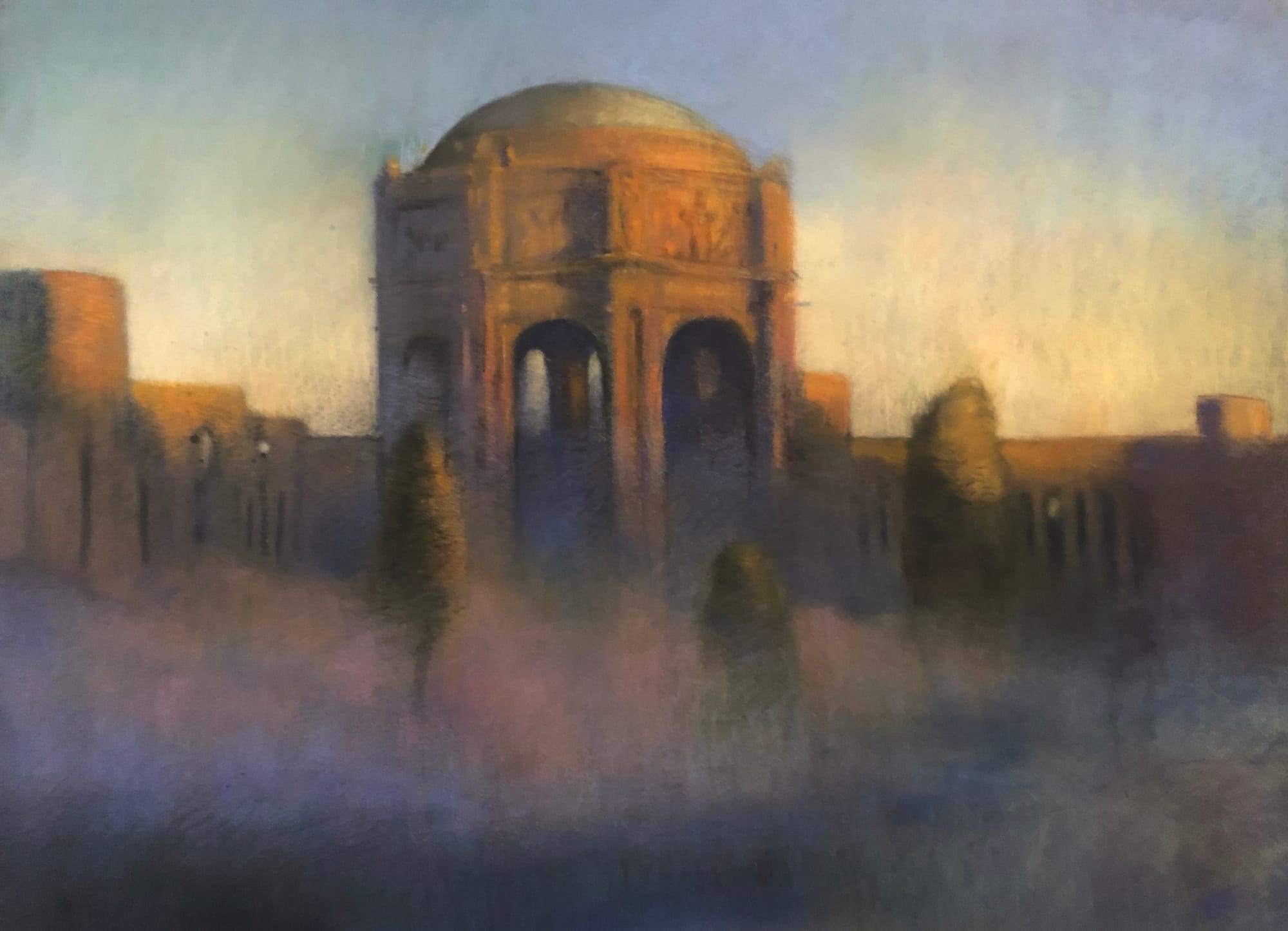
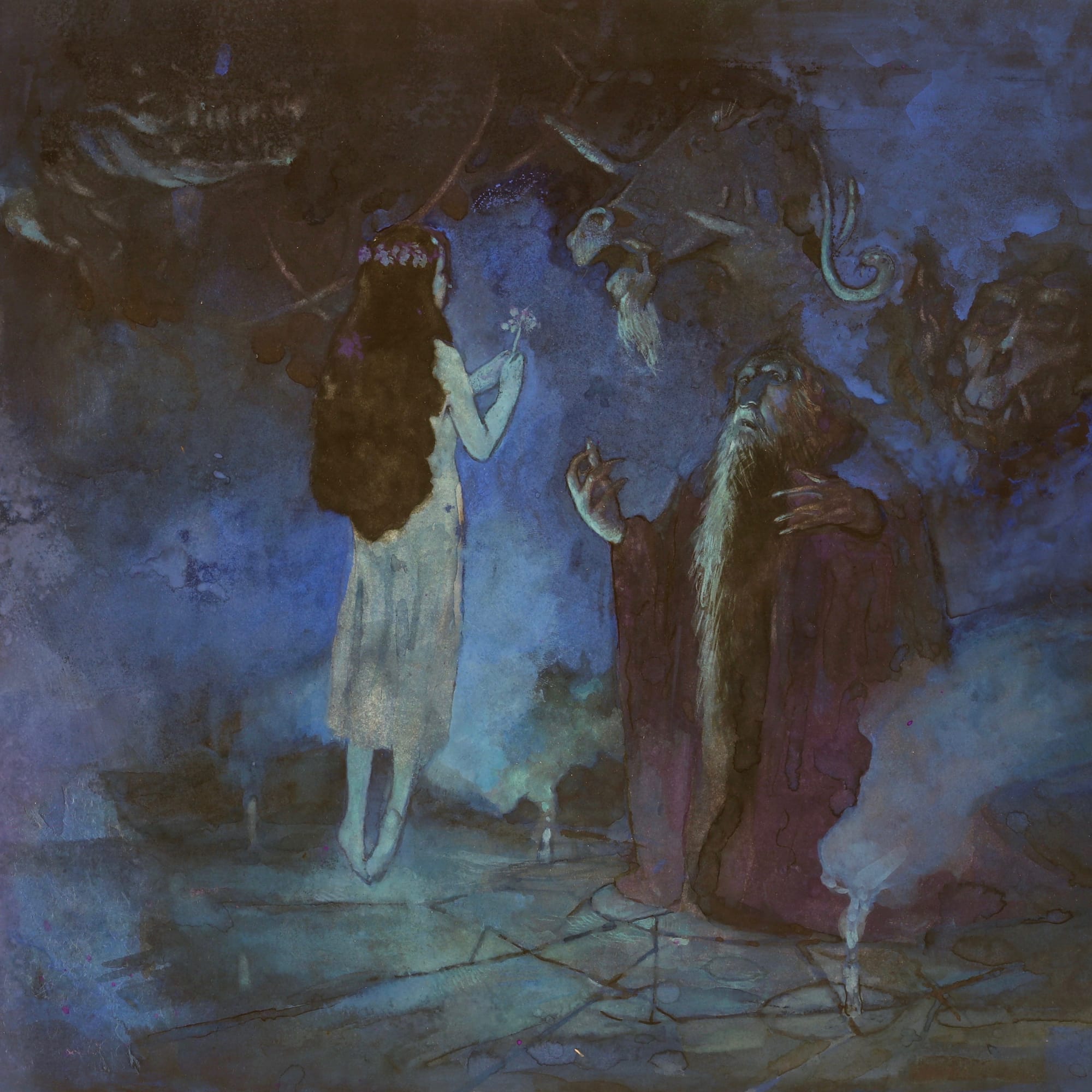
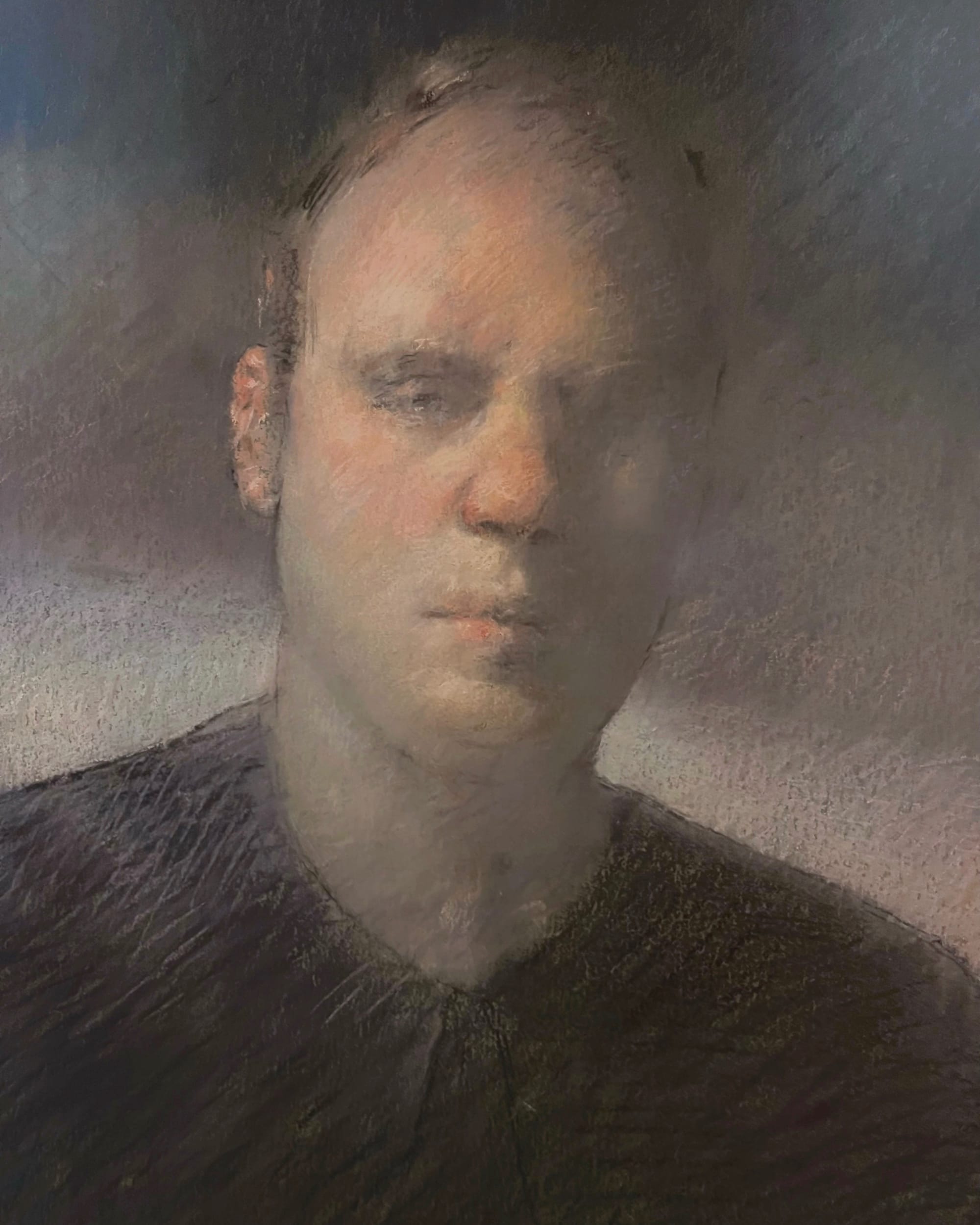
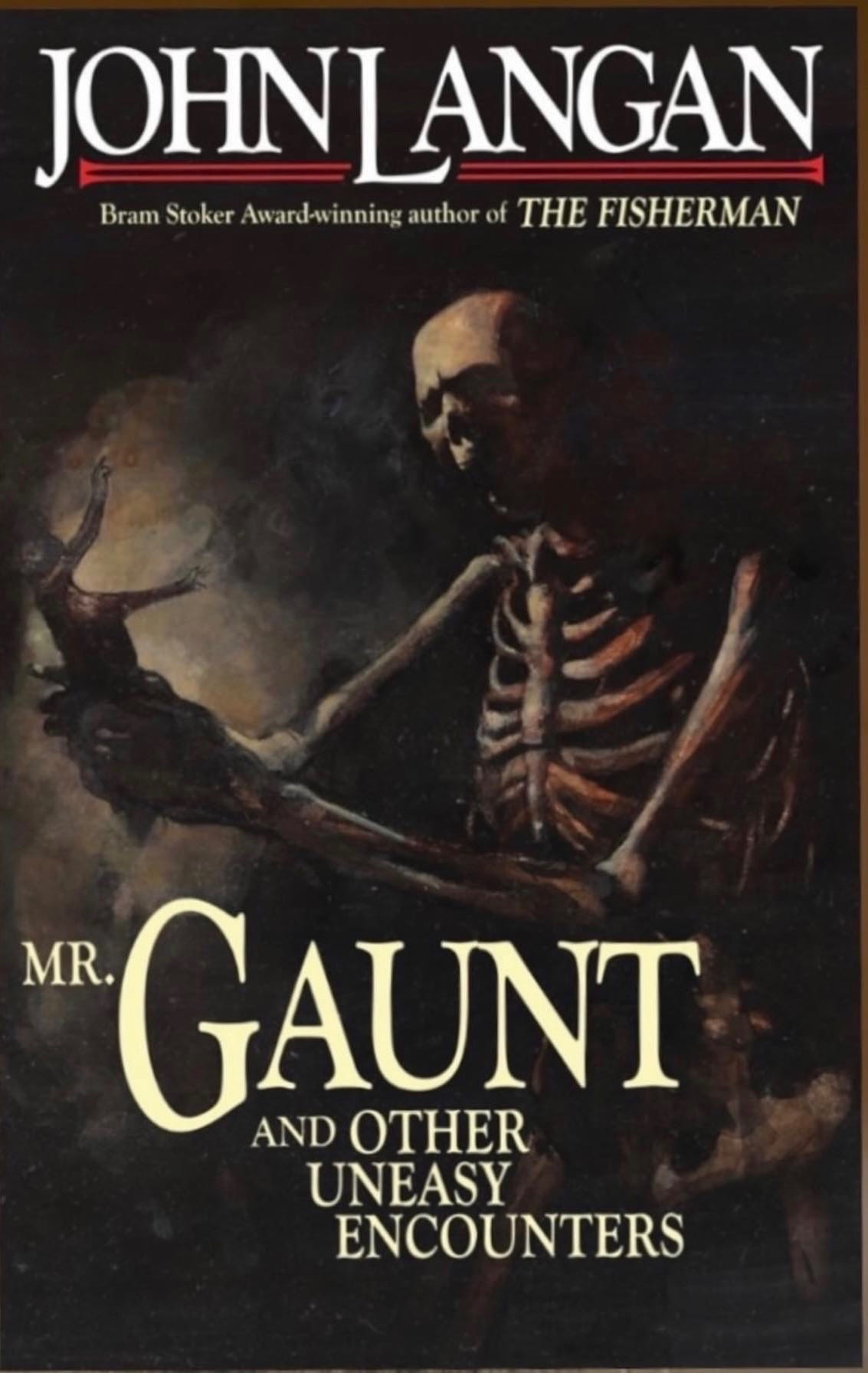
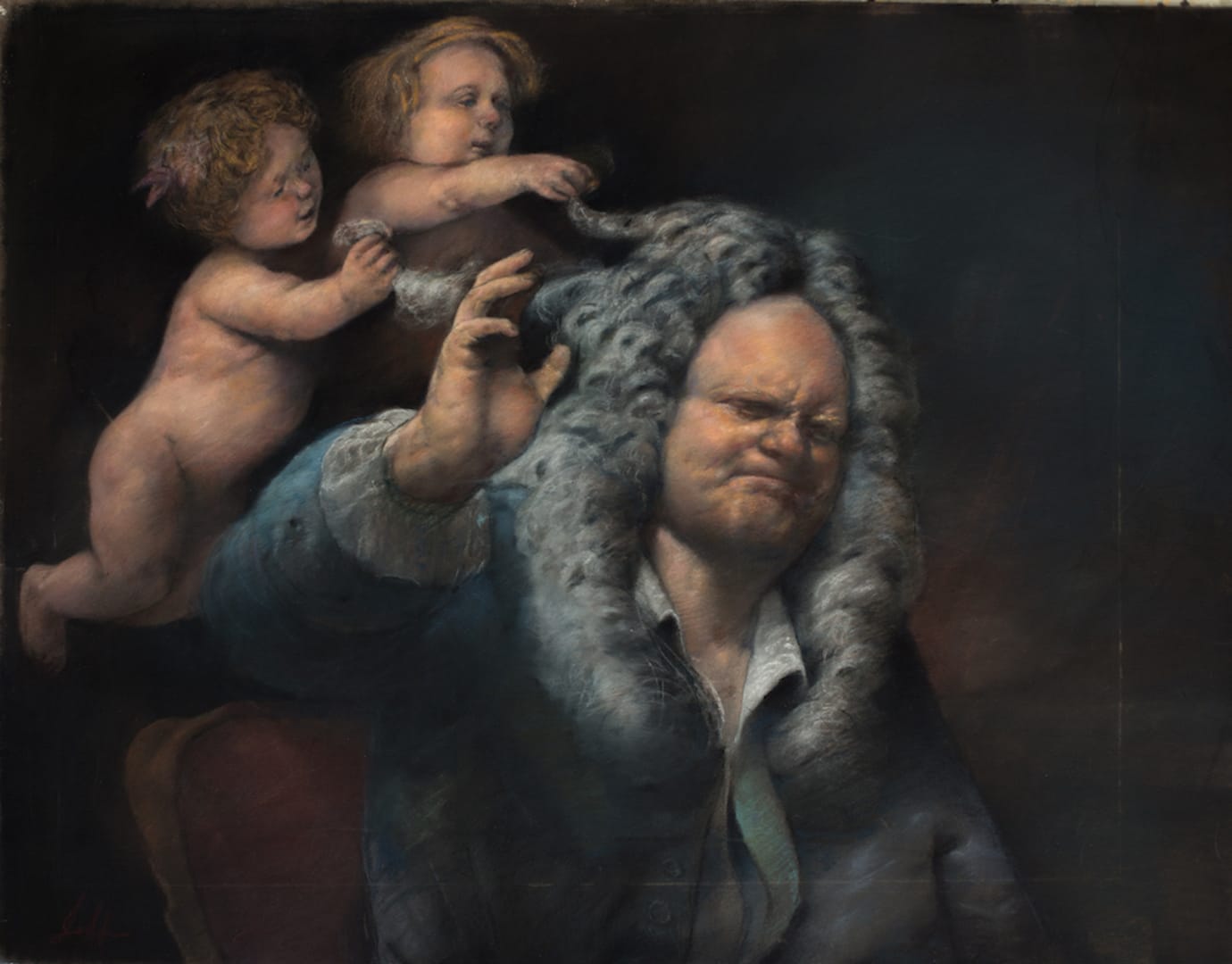
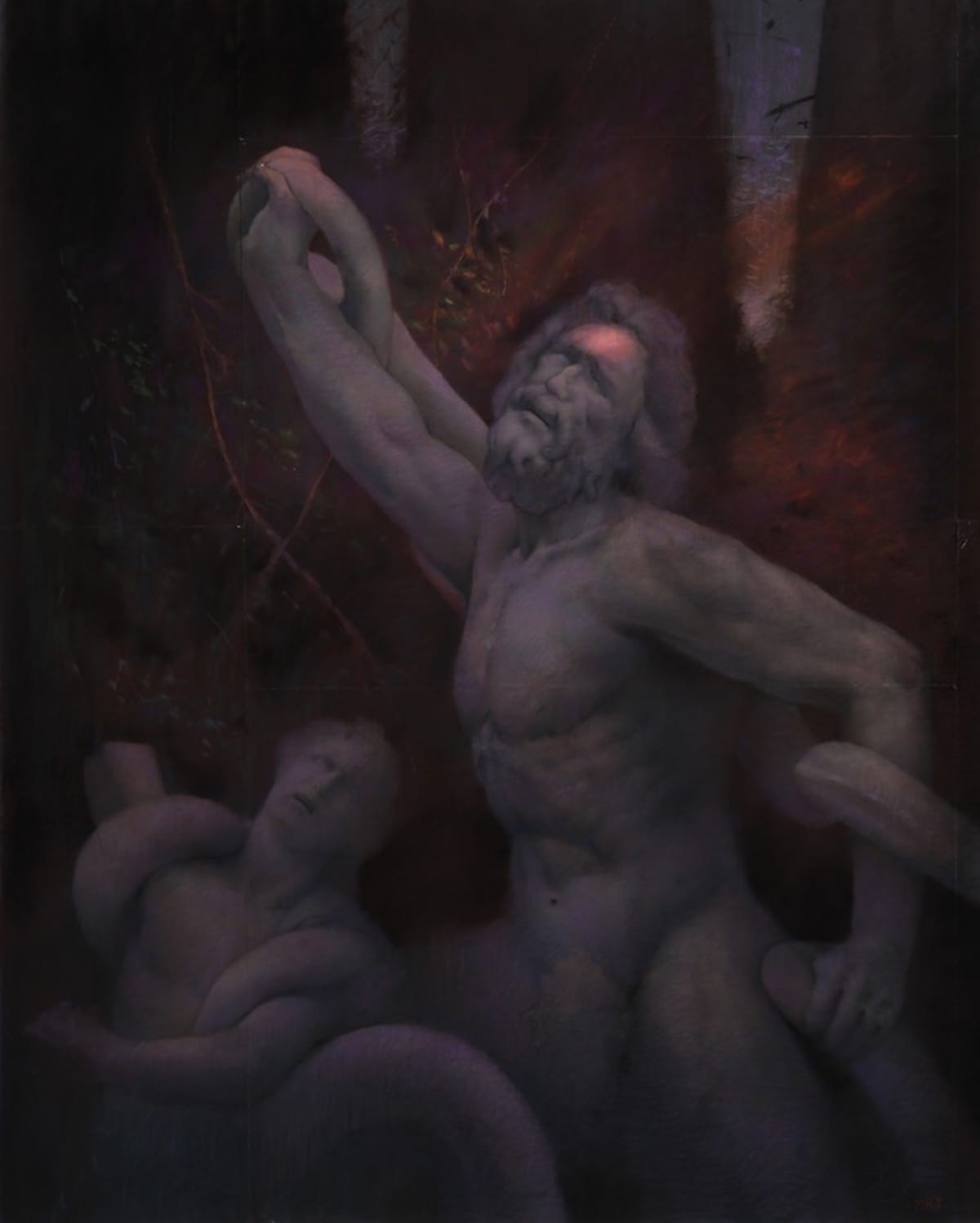


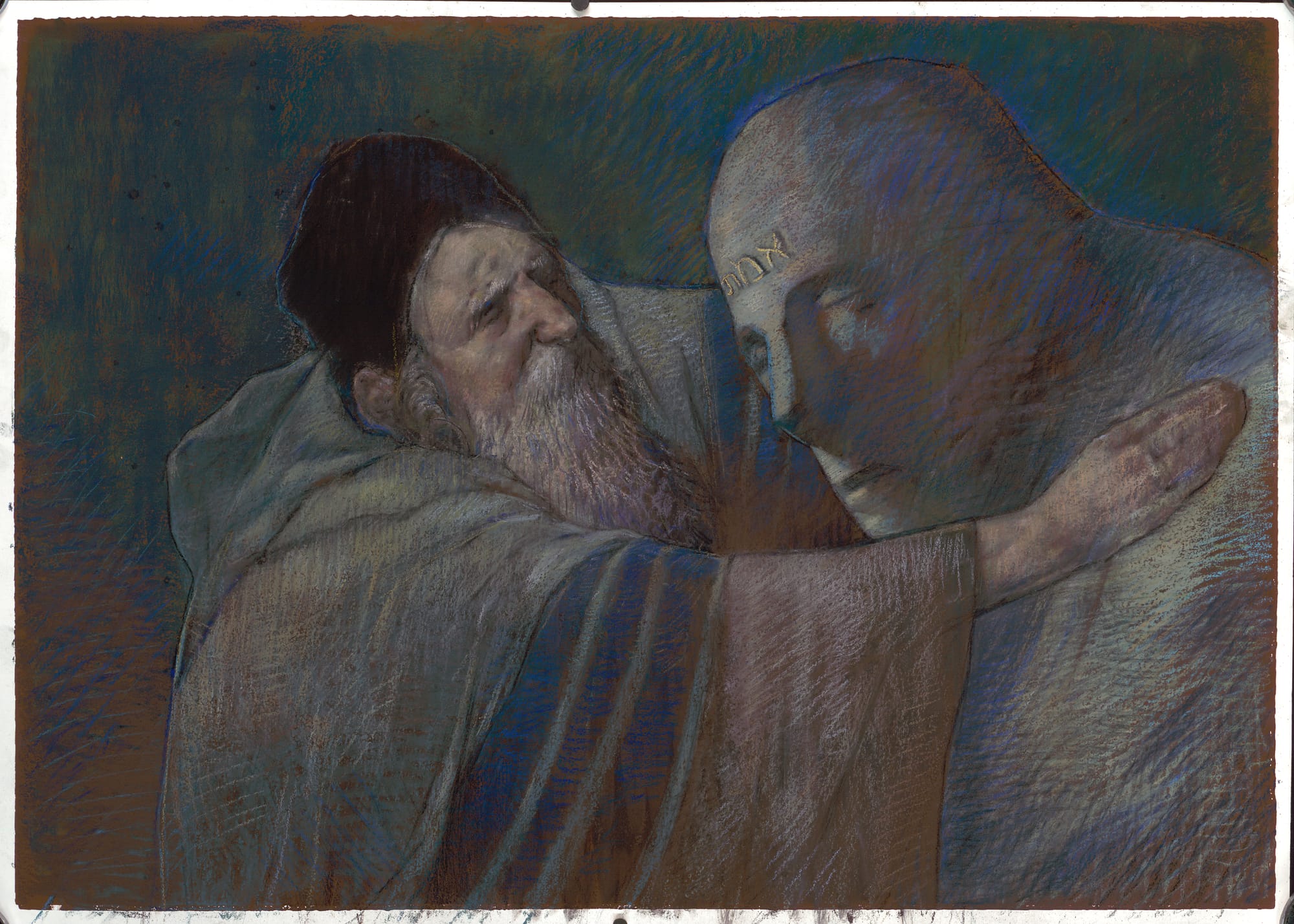
Comments
Sign in or become a Nu?Detroit member to join the conversation.
Just enter your email below to get a log in link.